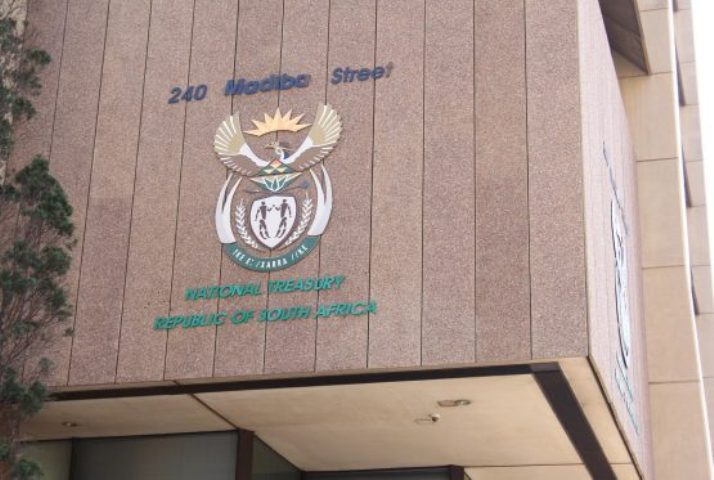National Treasury Clarifies New GFECRA Settlement Agreement and Flow of Funds
Treasury officials reiterated that the funds transferred from GFECRA are classified as balance sheet transactions and not recorded as government revenue.

- Country:
- South Africa
The National Treasury has clarified the details of the new settlement framework for the Gold and Foreign Exchange Contingency Reserve Account (GFECRA), as announced in the 2024 Budget Review. This agreement, signed by the Minister of Finance and the Governor of the South African Reserve Bank (SARB) in June 2024, introduces a three-tier structure for fund allocation to ensure better management of foreign exchange reserves, exchange rate fluctuations, and government borrowing.
The key aspects of the agreement include:
First Bucket (R250 Billion Allocation): Funds will be retained within GFECRA to absorb exchange rate volatility, preventing the National Treasury from having to cover potential losses.
Second Bucket (R100 Billion Allocation): A distribution of R100 billion will be paid into the SARB Contingency Reserve Account. This will ensure the central bank’s solvency and help cover sterilization costs to neutralize the impact of interest rates on monetary policy. The R100 billion is meant to safeguard SARB's financial health while managing liquidity in the financial system.
Third Bucket (R150 Billion Allocation): The remaining R150 billion will be transferred to the National Treasury to reduce the government’s borrowing requirements, with R100 billion being paid in 2024/25, and the rest R50 billion disbursed in 2025/26 and 2026/27. These funds will be utilized to lower debt growth, contributing to better fiscal discipline and reduced public debt stock.
Impact on Government Finances
Treasury officials reiterated that the funds transferred from GFECRA are classified as balance sheet transactions and not recorded as government revenue. The R200 billion received from SARB is categorized as an exchequer receipt, with R100 billion earmarked for SARB's contingency reserves and the remaining R100 billion used to reduce government borrowing.
These financial movements are disclosed in the Monthly Statement of National Governments’ Revenue, Expenditure, and Borrowing, which follows Section 32 of the Public Finance Management Act (PFMA). The report details how government converts GFECRA investments into cash, aiding in debt management.
Treasury further emphasized that the presentation of the transaction in budget statements remains consistent with the 2024 Budget and will continue to be so in future publications, including the upcoming 2024 Medium-Term Budget Policy Statement (MTBPS).
Enhanced Financial Transparency
The National Treasury also explained the necessity of full transparency in reporting the GFECRA settlement's implications for the national balance sheet. The R100 billion aimed at reducing the borrowing requirement is highlighted separately in the budget as part of the gross borrowing requirement, ensuring public insight into how these funds are managed.
By adopting these measures, the National Treasury hopes to maintain fiscal discipline, reduce the government's borrowing needs, and effectively manage exchange rate risks while bolstering the financial stability of the SARB and the broader national economy.










